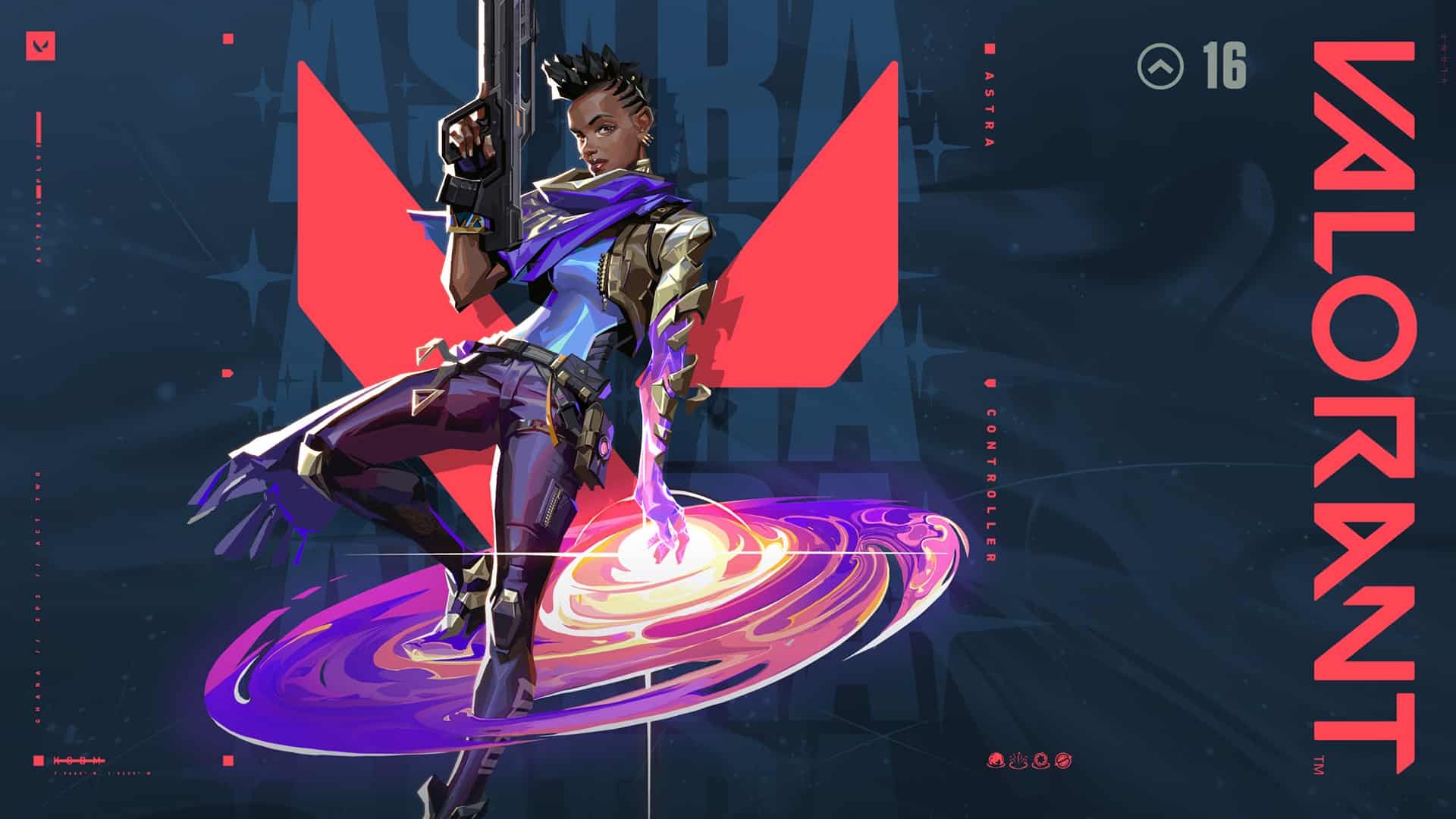
GamingVerdict is reader-supported. When you buy through links on our site, we may earn an affiliate commission. Learn more
Table of Contents
For the majority of Valorant players, or for any gamers for that matter, most people can agree that the competitive element is the most fun aspect to the game. There is nothing more satisfying than achieving the rank that you have been grinding all week for and when you do it with your friends, it’s both enjoyable and satiating at the same time.
That is the reason why the competitive element exists in the first place for games like Valorant. Players need to be able to feel rewarded for the hard work and countless hours they put into the game, because for those people who are driven by their competitive natures, it is the sole reason why they play certain video games.
For a lot of these players, the only way they can get an indication on whether or not they have improved is by testing their skills against the competitive leaderboard or ranked ladder. Here, players may queue up with and compete against other players who are of similar skill level, aside from those who choose to permanently “hard smurf” in lower ranks.
“Smurfing” is a term given to players of a high skill level or higher rank who choose to reside in ranks lower than their usual, for various reasons. They may not feel confident enough to play in their own rank, they could be ranking up a new account from fresh or they could be playing with friends who are lower ranked than themselves.

Valorant's 15th Agent has been announced as Astra. Hailing from Ghana, Astra will be a controller and is expected to arrive on live servers today (March 2).
Either way, whatever rank you find yourself sitting at, you will always come up with or against good players and bad players. Ranked or competitive queues are usually a test on a player’s mental resilience more often than not, and players who have ascended the ranked ladder will inform others that your mental is as important, if not more important than your actual skill level.
With that being said, Valorant is currently in its second Episode and there have been some changes made by Riot Games to adapt the competitive experience for Valorant players. They wanted to provide players with a more accurate and informative system which provides the player with more information on the impact of their ranked matches.
Here are all of the changes that have been made by Riot that you can expect to see in Valorant:
A quick summary:
- Regional leaderboards displaying stack rank for Immortal and Radiant players
- Shift to solo/duo premade cap for Immortal and Radiant players
- Rank rewards and end of Episode changes
- Progression arrows, replaced with progress bar and numerical progress for more rank granularity
- Many other quality of life improvements
Regional Leaderboards
For those players who were cruising around Immortal/Radiant level in previous Acts, there was no real way of distinguishing between these high elo players, but thanks to regional leaderboards, there is now.
Each region will have an in-client leaderboard which displays the top 500 players in the region by points earned and MMR; each win and loss will now award the player with points given or lost after competitive games.
Immortal will now be one rank/tier and will use the Immortal 3 icon. The top 500 players in each region will be ranked on this leaderboard and will include a mix of Radiant and Immortal players.
Core ranked system
- No more arrows
- New Progress bar and Rank Rating show proximity to next rank
- Rank progress bar will display for Iron to Diamond. For those at Immortal and Radiant, this will shift to showing your Leaderboard rank.
- Immortal 1, 2, and 3 are now all fall under “Immortal”
- Players will no longer have their rank hidden (changed to ‘?’) for inactivity
- This will now only happen if you are in placements
How does the Valorant ranked rating (RR) system work?
- Majority of RR comes from wins or losses (match outcome)
- You will always gain RR on a win and lose RR on a loss
- On a win, you will gain between 10 and 50 RR
- Min 5 RR gain for Diamond+
- On a loss you will lose between 0 and 30 RR
- Max drop of 50 RR on a loss for Diamond+
- On a draw you will gain a max of 20 RR (performance-based)
- Only for Iron through Diamond, where we take individual performance into account.
- Demotion protection: You must lose at 0 RR to demote
- If you demote, you will not go below 80 RR at that rank
- Promotion boost where you start at minimum 10 RR on a win
- Decisiveness of a win and exceptional performance at lower ranks for individuals can help you earn rank faster (and more quickly boost smurfs to accurate ranks)
- New rank ceremony and celebration visual for getting promotions
- Rank info page updated along with providing info around rank rewards
As you can see, Riot have made a lot of changes to the function of the ranked system in Valorant in order for the game to deliver a more reliable and fun experience via its competitive aspect.
For the most recent Act (Episode 2 Act 2), Riot have also updated the system so that the reset after the Act is softer on player’s accounts. Act to Act resets will be “less punishing, making it easier for players to maintain rank from Act to Act, unlike Episode resets”.
Other improvements include reducing the queue times for high MMR players, the removal of 5-stacking capabilities by making Diamond 3 now a Solo/Duo only rank, as well as other performances for those players ranked Iron through to Diamond.
